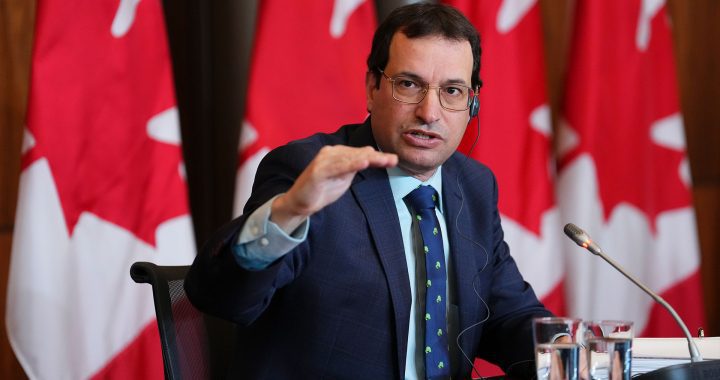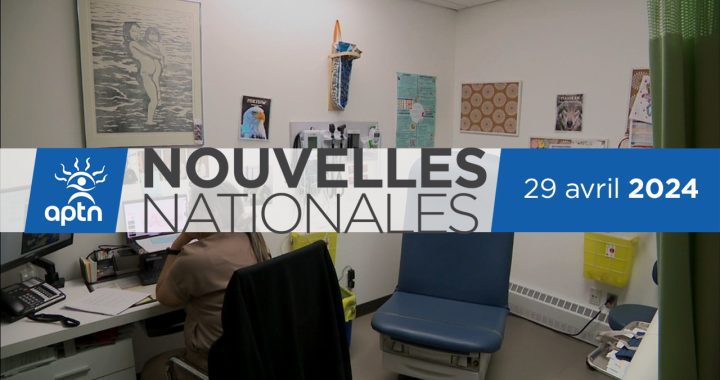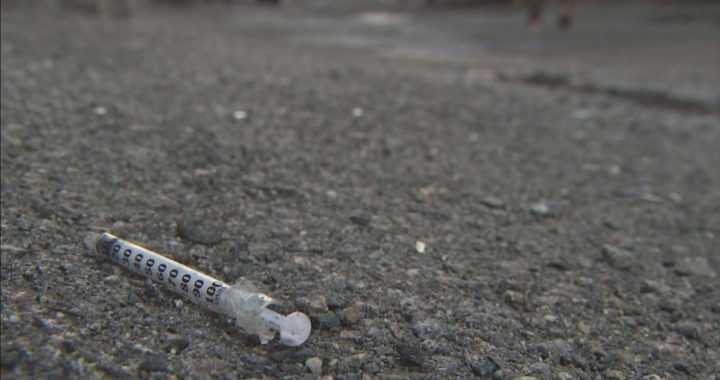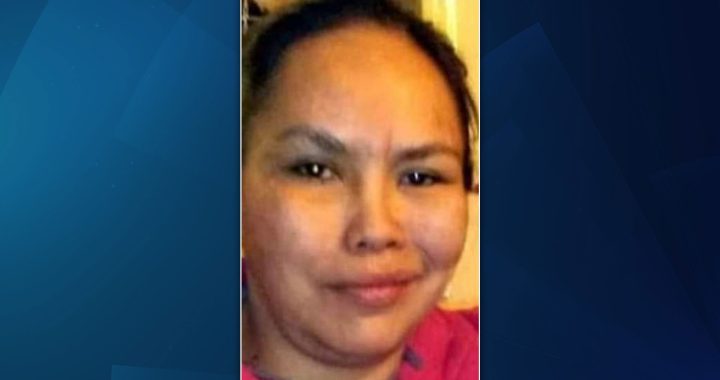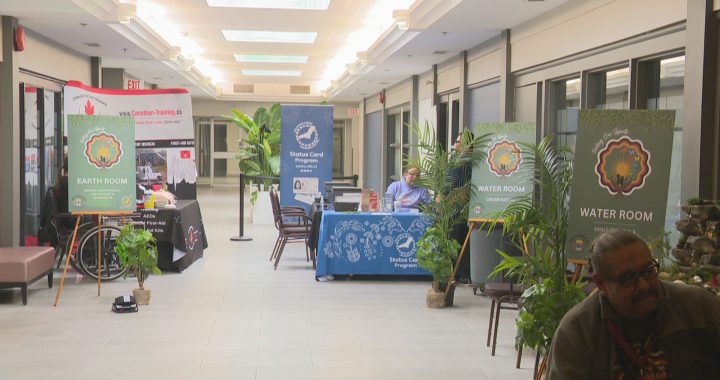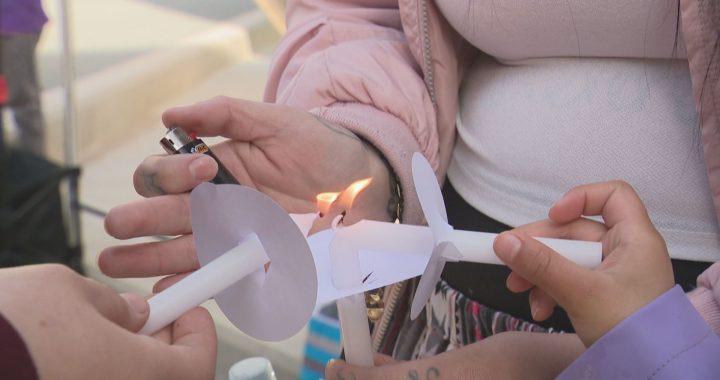Fifteen potential unmarked grave sites have been found at the former Chooutla Indian residential school in Carcross, Yukon.
The initial findings come from a search conducted earlier this summer using ground-penetrating radar at the former school site, about an hour’s drive south of Whitehorse.
“It’s something we’ve waited for a long time,” Yukon Residential School and Missing Children Project Chair Judy Gingell told reporters during a press conference about the findings on Tuesday.
“We need the truth and we found it. It’s here with us today.”
B.C.-based survey company GeoScan covered more than 9.2 acres during its search.
Brian Whiting, who heads the group, said the search yielded 15 anomalies. Three anomalies were found close to the former school while the other twelve were found farther away. All anomalies were found in an area covering 624 square feet.
“So far, the truth is hanging together and it is very consistent with everything that communities and survivors have been telling us,” he said.
Whiting noted the only way to know for sure if the anomalies are human remains is to perform more invasive work, which will be up to the working group and First Nations’ communities.
“The truth of residential schools has been known to people who lived that experience. What we find is consistent with their truth, with those who are able, who are still with us to speak and who are willing to speak,” he said.
Student deaths
Nicole Marion, a researcher with Know History, a historical research service hired by the working group, said new evidence shows more children died at the school site than previously reported.
While the National Centre for Truth and Reconciliation Commission lists 20 students as having died at the school, Marion said Know History identified thirty-three deaths.
“This includes children who died from illness or injury at the Chooutla Residential School, children who contracted an illness or were injured at school and died after being taken to Whitehorse Hospital and children who died outside of the school while involved in school-related activities,” she said.
Marion said the service looked through almost 5,000 records from the school’s operation between 1903 to 1969.
Of the 1,300 students who attended the school, only 900 names were found due to poor and insufficient record keeping.
“The records also do not contain consistent information about where the children came from. At this time, we only know the home locations or communities for 730 of the children,” she said.
She noted poor record-keeping also resulted in things like deaths being reported more than once or students being enrolled at a different residential school at the time of death.
In other instances, she said, information about students has been redacted in the records because of privacy reasons.
“There are still children whose names we do not know, children whose cause of death we do not know,” she said. “We do not know where the majority of these children have been buried.”
Marion said information the research service has gathered is incomplete for now.
“As we gain further access to records, our findings will evolve. In particular, we hope to learn more about who these children were, what they experienced, and where they’re buried,” she said.
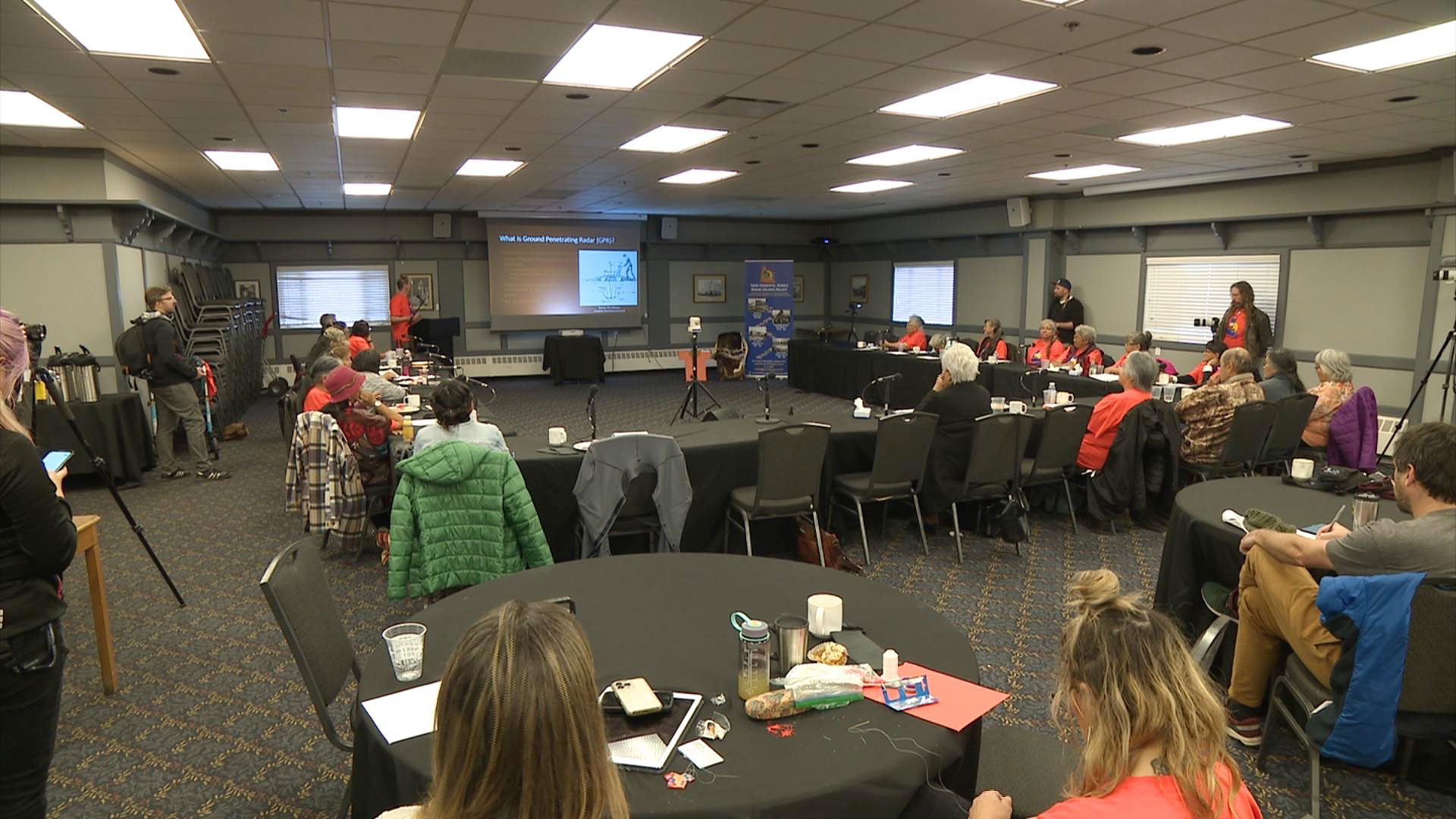
Truth and healing
Doris Bill, the working group’s vice-chair, said the findings will be troubling for many.
“As you can appreciate, this message is difficult to hear and it will be difficult to hear from our survivors across the territory,” she said.
She noted the working group has been in touch with all First Nations in the territory regarding the results, as well as with some Nations in northern B.C. whose children previously attended the school.
Gingell, a survivor herself, said the working group has a duty to find truth for families who have gone decades without knowing what happened to their children.
“It will begin a lot of healing…They now have the answers to go forward.”
The working group has received just over $1 million from the territorial and federal governments to lead the search which will continue in other communities across the territory in the years to come.
A press release states much more work will be done going forward to help families get the answers they need.




